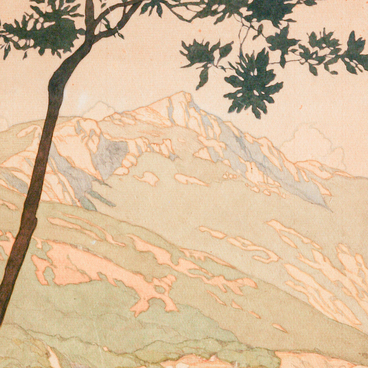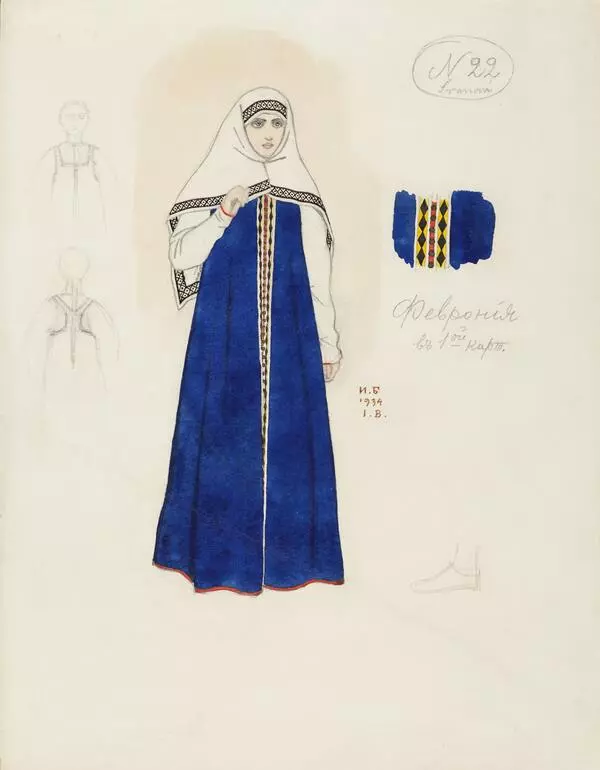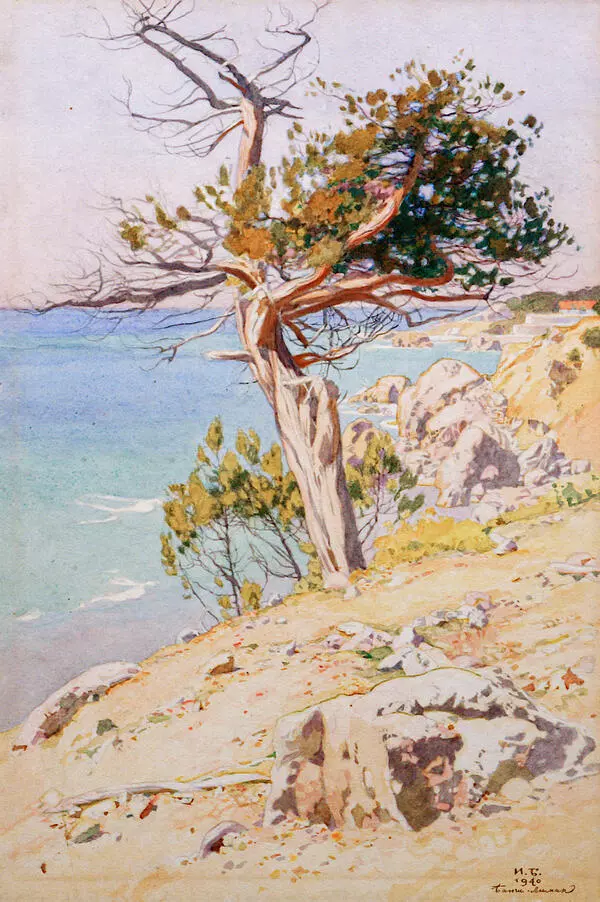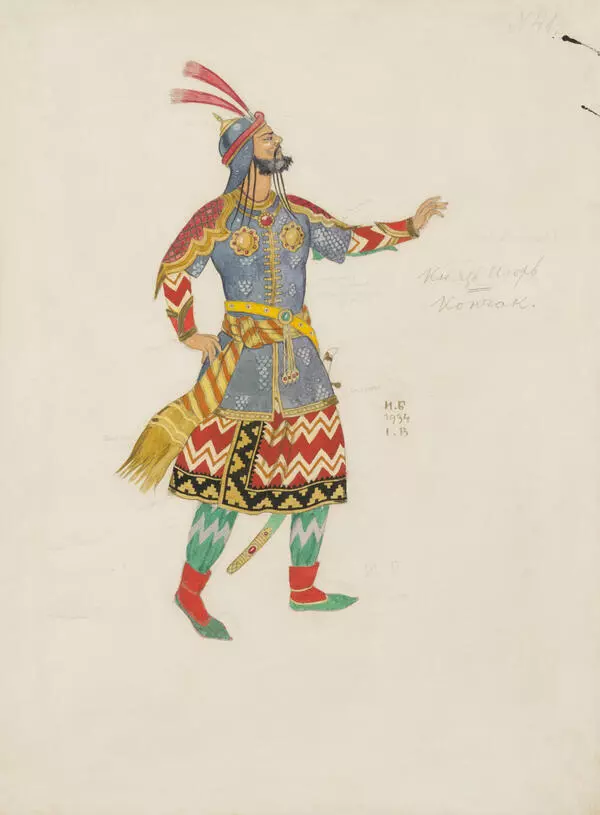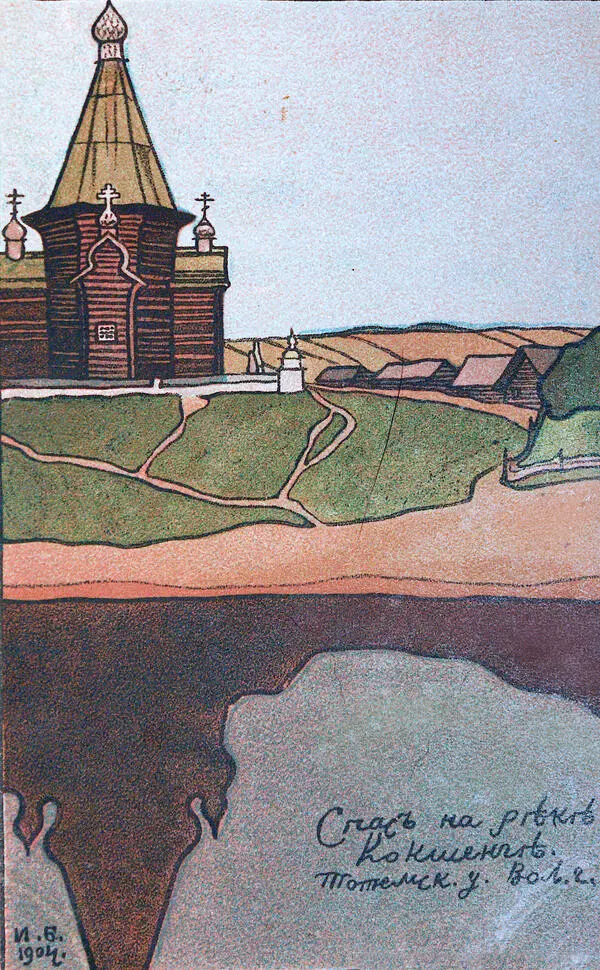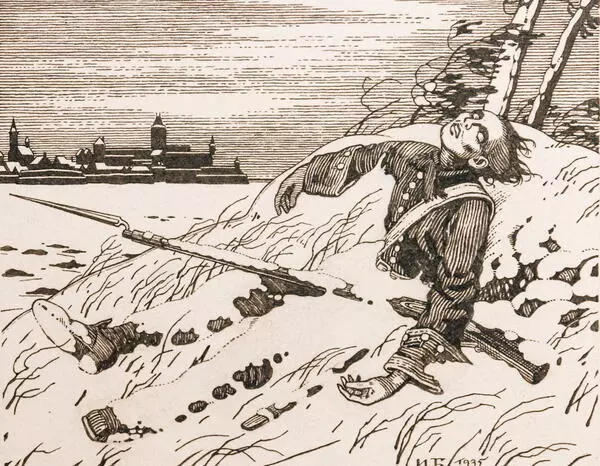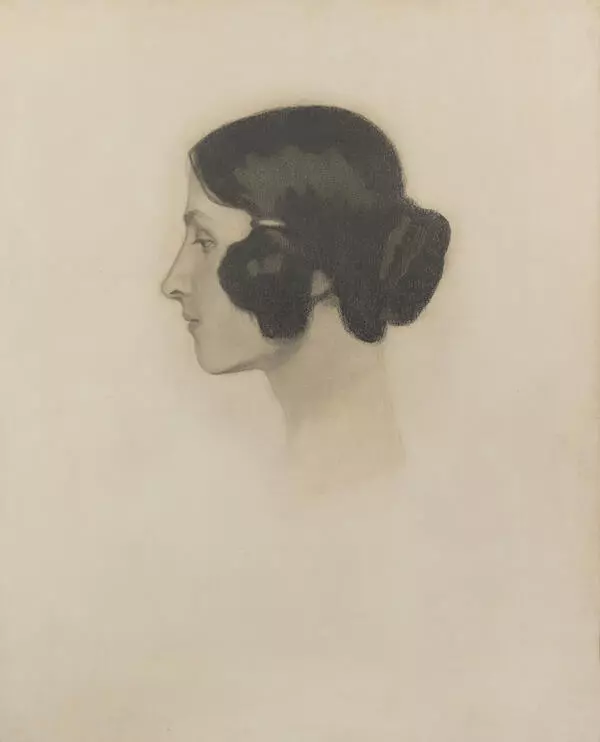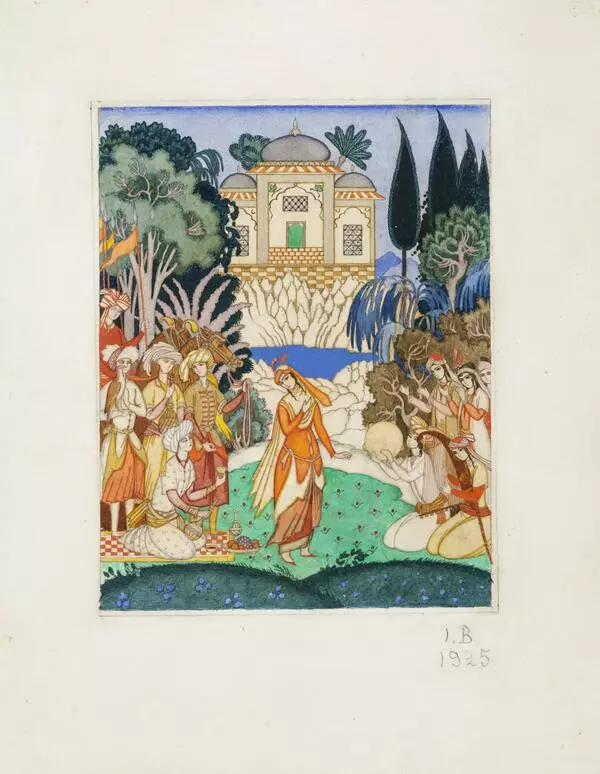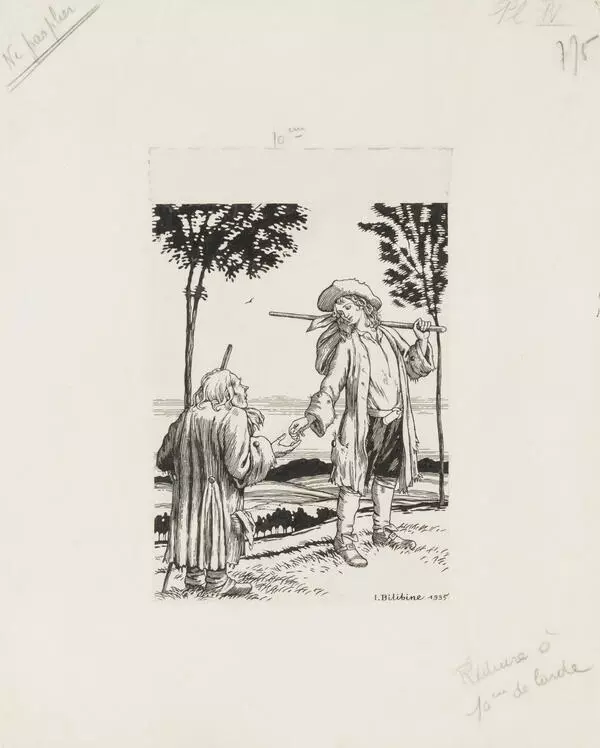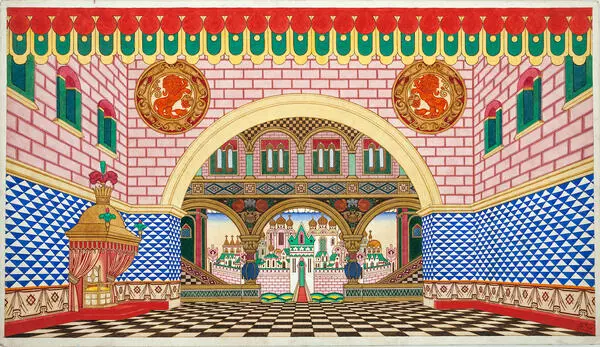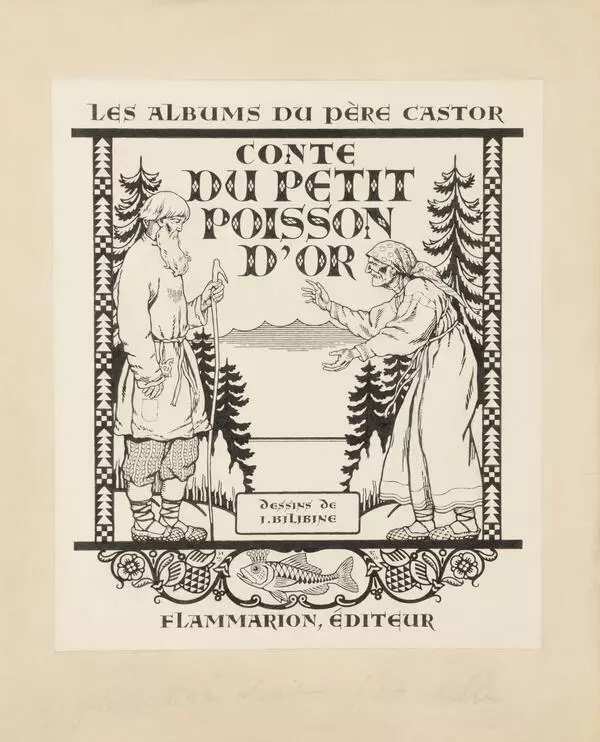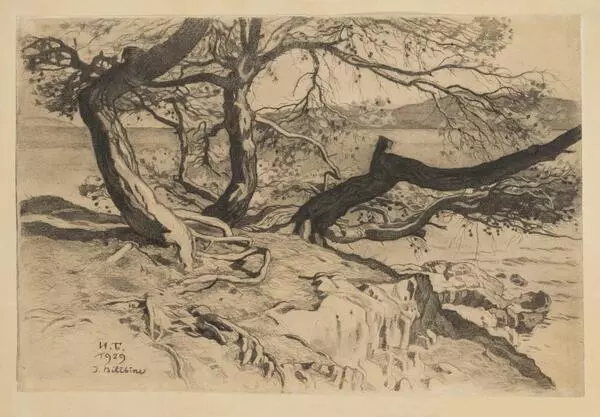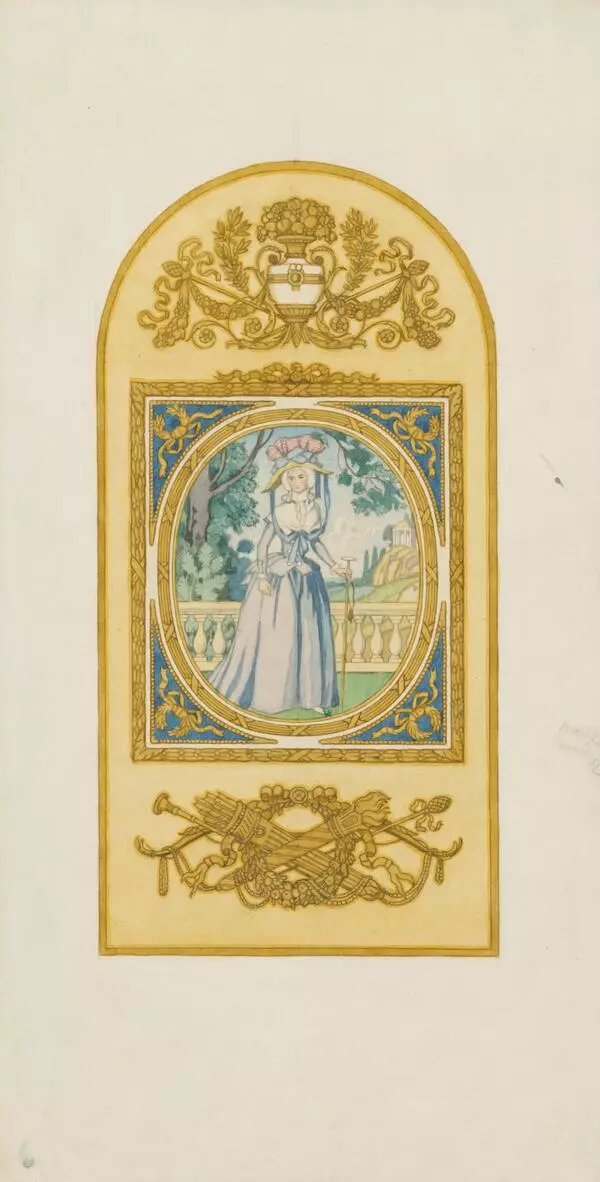A brilliant graphic artist, illustrator, decorator, member of the association World of Art Ivan Yakovlevich Bilibin came to Crimea from Saint Petersburg. He was full of enthusiastic impressions of the Valdai lakes and Novgorod forests, where he hunted every winter. He settled in Batiliman and at first kept repeating that he would never betray the beauty of the Russian North, with which, according to him, nothing in the world could ever compare. However, gradually he became captivated by this southern region.
Bilibin created particularly fascinating works in the period from late September 1917 to late December 1919, prior to his departure to Novorossiysk, and emigrating. At that time, he permanently resided in Batiliman, where he produced a large series of landscapes depicting various corners of Crimea, with which he fell in love. The massive pinkish Mount Ilyas-Kaya was clearly visible from the windows of Bilibin’s dacha in Batiliman. If you climb on top of it, your attention will certainly be attracted by a group of individual rocks that look like vertically standing teeth, called Tyshlar or “Sugarloaves”, which are depicted in the presented watercolor.
Working on easel landscapes and paying greater attention to nature contributed to the improvement of both drawing and painting skills of the artist. In the landscapes, Bilibin achieved a subtle decorative effect of colorful combinations, and elegant transitions of tones. The peculiarity of Bilibin’s style is manifested here in that he conveyed the volume not by color, but by gradations of tone within one color. The objects deprived of a picturesque environment are perceived as isolated from each other. Bilibin does not seek to reflect the nuances of the transitional state of nature, he is attracted to that moment of a sunny southern day when everything is painted with a certain color, when shadow and light contrast with each other and the border between them is sharp, while the color spot has its own clear outline.
The artist viewed his landscapes not only as independent works of art, but also as a school of craftsmanship. The enrichment of visual techniques associated with working en plein air manifested itself in the 1910s in his illustrations and works for theaters, while many earlier created landscapes were subsequently used in illustrations and sketches of set design.
Bilibin created particularly fascinating works in the period from late September 1917 to late December 1919, prior to his departure to Novorossiysk, and emigrating. At that time, he permanently resided in Batiliman, where he produced a large series of landscapes depicting various corners of Crimea, with which he fell in love. The massive pinkish Mount Ilyas-Kaya was clearly visible from the windows of Bilibin’s dacha in Batiliman. If you climb on top of it, your attention will certainly be attracted by a group of individual rocks that look like vertically standing teeth, called Tyshlar or “Sugarloaves”, which are depicted in the presented watercolor.
Working on easel landscapes and paying greater attention to nature contributed to the improvement of both drawing and painting skills of the artist. In the landscapes, Bilibin achieved a subtle decorative effect of colorful combinations, and elegant transitions of tones. The peculiarity of Bilibin’s style is manifested here in that he conveyed the volume not by color, but by gradations of tone within one color. The objects deprived of a picturesque environment are perceived as isolated from each other. Bilibin does not seek to reflect the nuances of the transitional state of nature, he is attracted to that moment of a sunny southern day when everything is painted with a certain color, when shadow and light contrast with each other and the border between them is sharp, while the color spot has its own clear outline.
The artist viewed his landscapes not only as independent works of art, but also as a school of craftsmanship. The enrichment of visual techniques associated with working en plein air manifested itself in the 1910s in his illustrations and works for theaters, while many earlier created landscapes were subsequently used in illustrations and sketches of set design.


